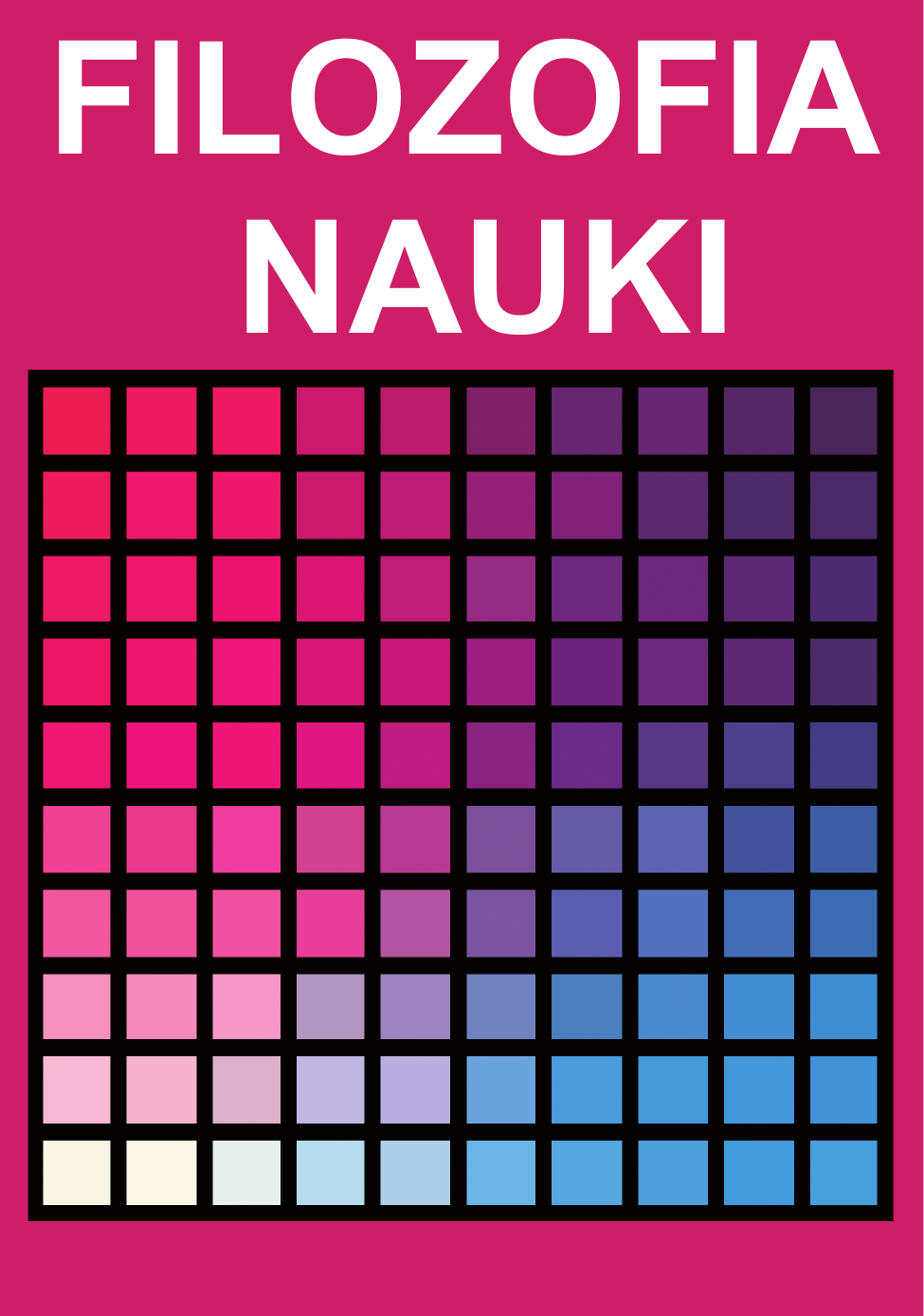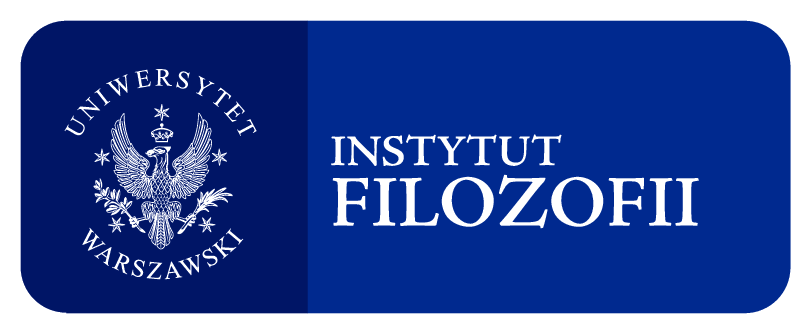Teorie naukowe jako systemy dynamiczne
Słowa kluczowe:
Abstrakt
In the first part of the paper three concepts of system are introduced. The first is the following ordered set: S = , where S is a given system, C is the set of its parts, R1, ..., Rk are relations between these parts, Rk+1, ..., Rk+m are relations between parts of S and its environment U. This concept does not take into account the fact that real things change. Thus it is the concept of abstract system. The second concept takes changes of systems for granted. At every period i the system is slightly different. At the periods i Si is a set of sections of a real system: Si = , where {C}i is the set of sets of parts of S, {R1, ..., Rk}i and {Rk+1, ..., Rk+m}i are sets of relations. Different sections of a system are similar; the same holds for the relations and the subsequent environments. To describe the evolution of systems these similarity-relations have to be considered. Let the relations between the C's, the parts of the system, be symbolized as X, the similarity relations between the {R1, ..., Rk} pointed to by T, and the relations between the other sets of relations marked by Z. Let W be asigned to the relations between the succesive environments. SI is a system which lasts during the period I and changes in this time. The period I is in fact identical with i. The symbol SI was introduced to point to the relations S, T, Z, W, which were absent in the definition of Si. Now we have the following third concept of system: SI = . In the second part of the paper the relation X is analysed, when C consists of statements and S is a theory. The relation is to the effect that statements of later stages of a theory refer to n-tuples which exhibit more arguments that the relation spoken of at earlier stages of the theory.Pobrania
Opublikowane
1997-09-01
Jak cytować
Koj, L. (1997). Teorie naukowe jako systemy dynamiczne. Filozofia Nauki, 5(3), 29–43. Pobrano z https://www.fn.uw.edu.pl/index.php/fn/article/view/183
Numer
Dział
Artykuły















 Filozofia Nauki | ISSN 1230-6894 | e-ISSN 2657-5868
Filozofia Nauki | ISSN 1230-6894 | e-ISSN 2657-5868